EURECA
Good Practices
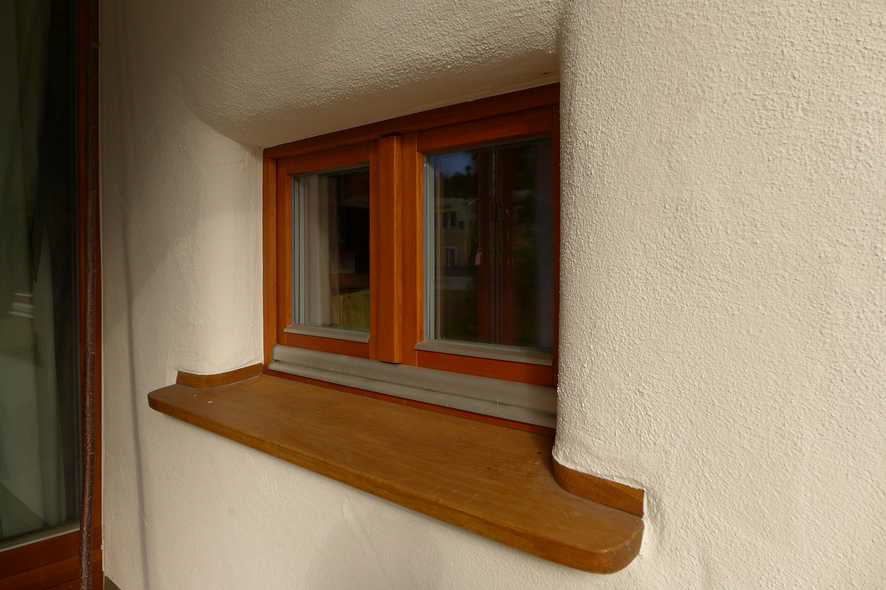
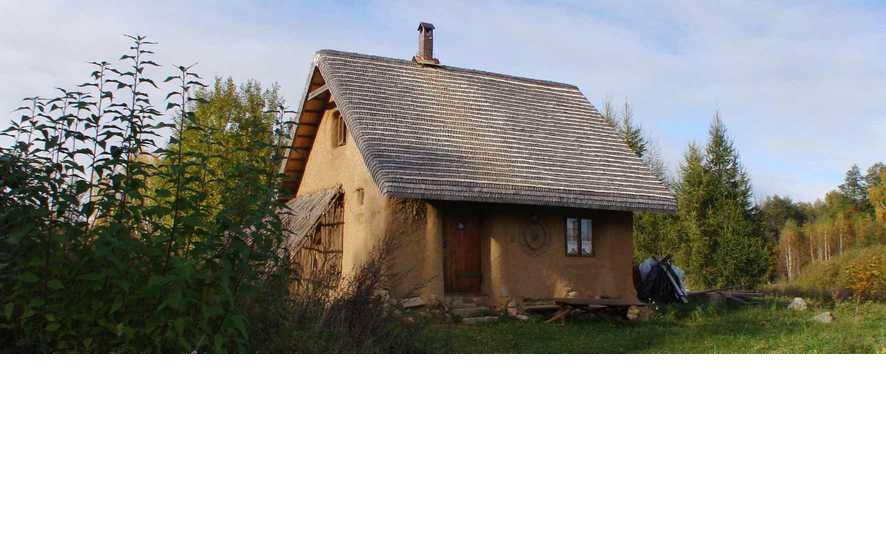

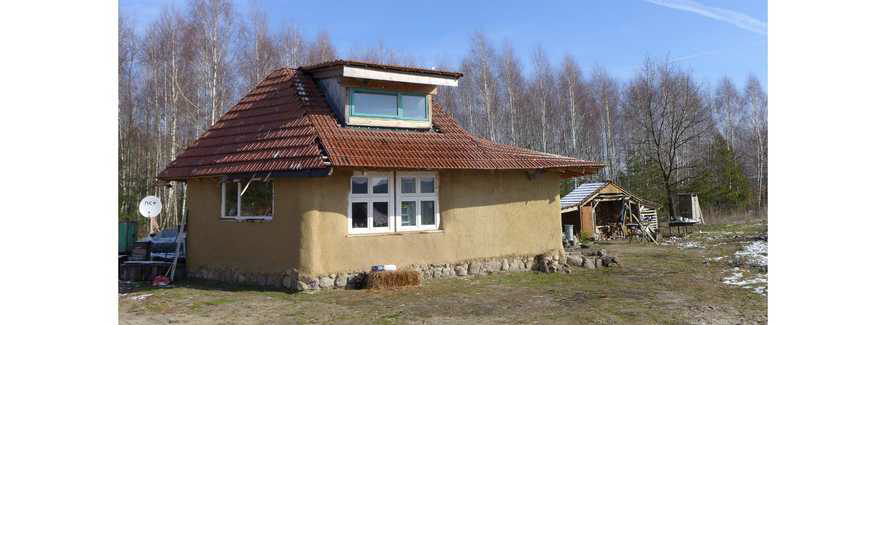
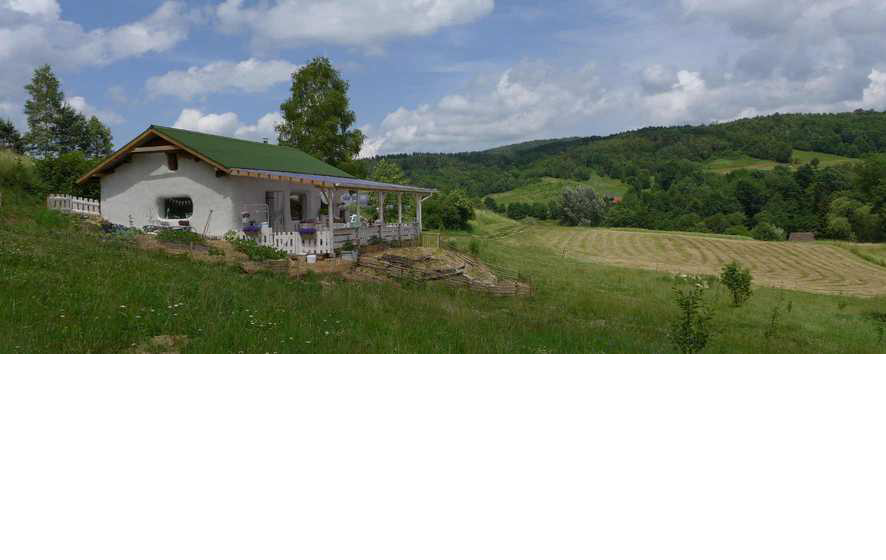
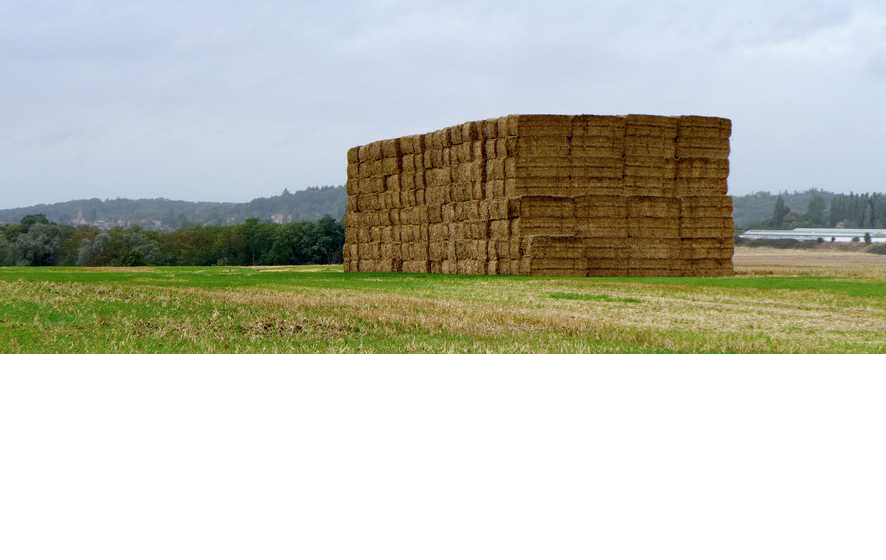
 Pictures:
Pictures:Straw-bale houses.
Photos by Maciej Jagielak with permission.
Straw-bale houses.
Country:Main Subject:
Description:
Straw has long been used as a building material, traditionally used for thatching, sealing walls in wooden structures, making clay-straw bricks, and filling house frameworks. A novel application, using compressed straw cubes (straw bales), emerged in the late 19th century with the invention of presses to create these cubes. However, this method gained significant attention only in the 1970s as an ecological and sustainable construction solution. Notably, the oldest straw-bale house in France, built in 1921, remains in use today, demonstrating the durability of this technology.
In Poland, the first straw-bale house was constructed in 2000. Since then, over 350 such buildings have been erected, many serving as recreational homes or tourist rentals. Typically, straw bales do not serve as the load-bearing structure but rather fill the structural frame, usually made of wood. This allows for a considerable degree of DIY construction, provided the builder has acquired the necessary knowledge and skills, as precision and avoiding errors are crucial.
Straw-bale technology is versatile, used as infill for timber structures, prefabricated wood-straw panels, or even load-bearing structures. It can also insulate roofs, soffits, and ventilated floors. The use of pure straw without construction chemicals results in minimal processing and positive environmental impacts. Straw is a 100% renewable, local, and biodegradable material. Its excellent thermal and acoustic insulation properties enable homes built with straw-bale technology to meet high energy efficiency standards, making them appealing to homebuyers. Moreover, this technology shows promise for insulating passive buildings, as evidenced by certified projects in Germany and Austria.
Straw-bale construction is gaining popularity globally as an eco-friendly and efficient building method. Its benefits, including environmental sustainability, energy efficiency, durability, and diverse applications, make it a compelling alternative to traditional construction techniques. For example, straw bales were used in constructing a house in the tourist site "Settlement on the Sona River," following natural building principles such as clay and lime plaster, natural insulating materials, reclaimed wood, and fieldstone.
Reference links:
https://www.osbn.eu/index.php/kostka-slomiana/
https://repozytorium.biblos.pk.edu.pl/resources/47080
SDG direct/ indirect short justification:
Direct SGDs:
Goal 8 Decent work and economic growth. Promote inclusive and sustainable economic growth, full and productive employment and decent work for all.
Justification:
Natural building, of which straw-bale technology is an example, contributes to the use of local and renewable building materials such as straw. It contributes to reducing the degradation of the environment by the building materials industry produced from non-renewable and energy-intensive raw materials. At the same time, it contributes to promoting a healthy lifestyle and increasing environmental awareness.
The activity meets Target 8.4 indicators:
8.4.1 Material footprint, material footprint per capita, and material footprint per GDP
8.4.2 Domestic material consumption, domestic material consumption per capita, and domestic material consumption per GDP
Keywords:
City:
Location:
Questions:
- What is the use of straw in construction?
- What is straw-bale technology?
- What are the pro-environmental advantages of natural building?
Authors:
Piotr Znaniecki
Fundacja SocLab




